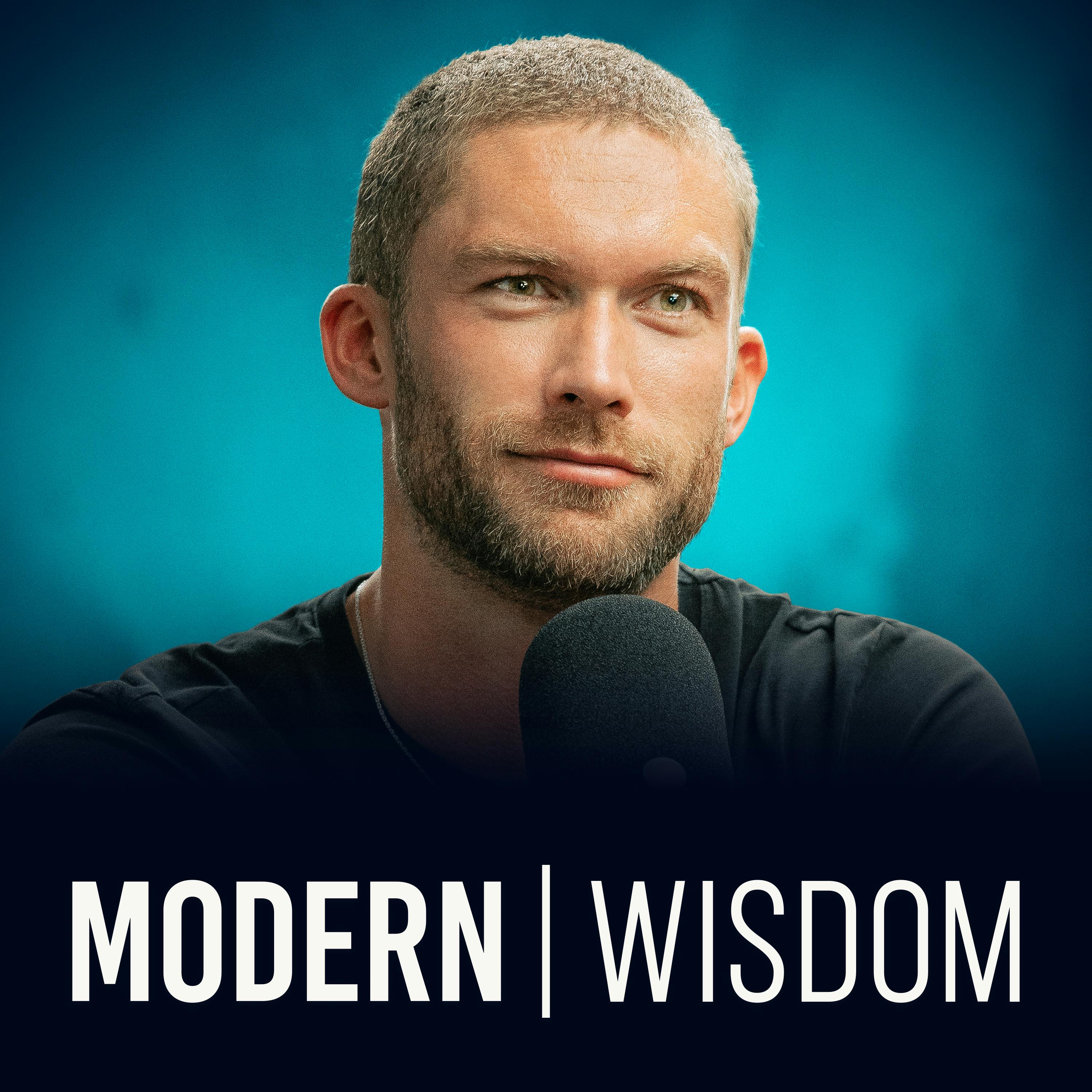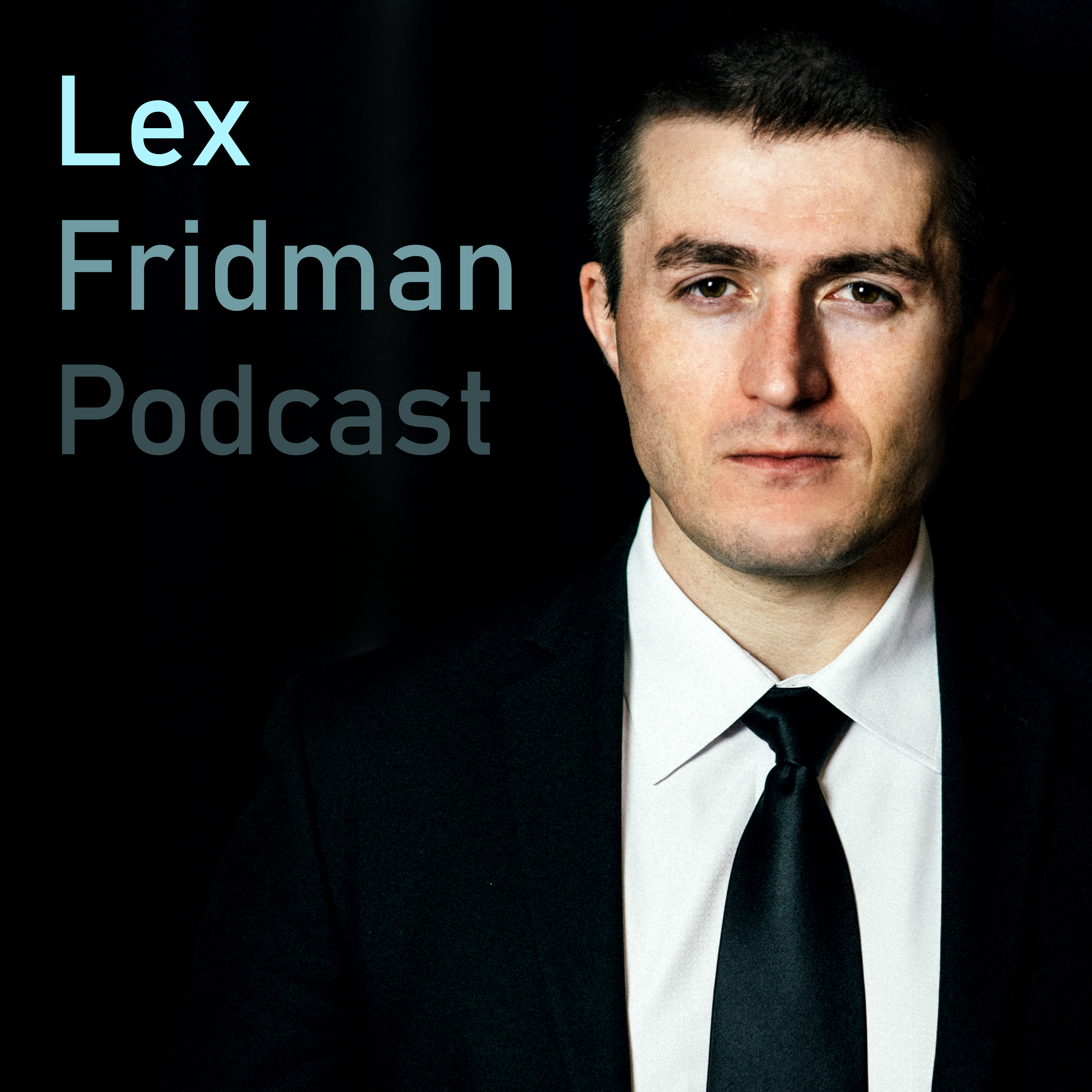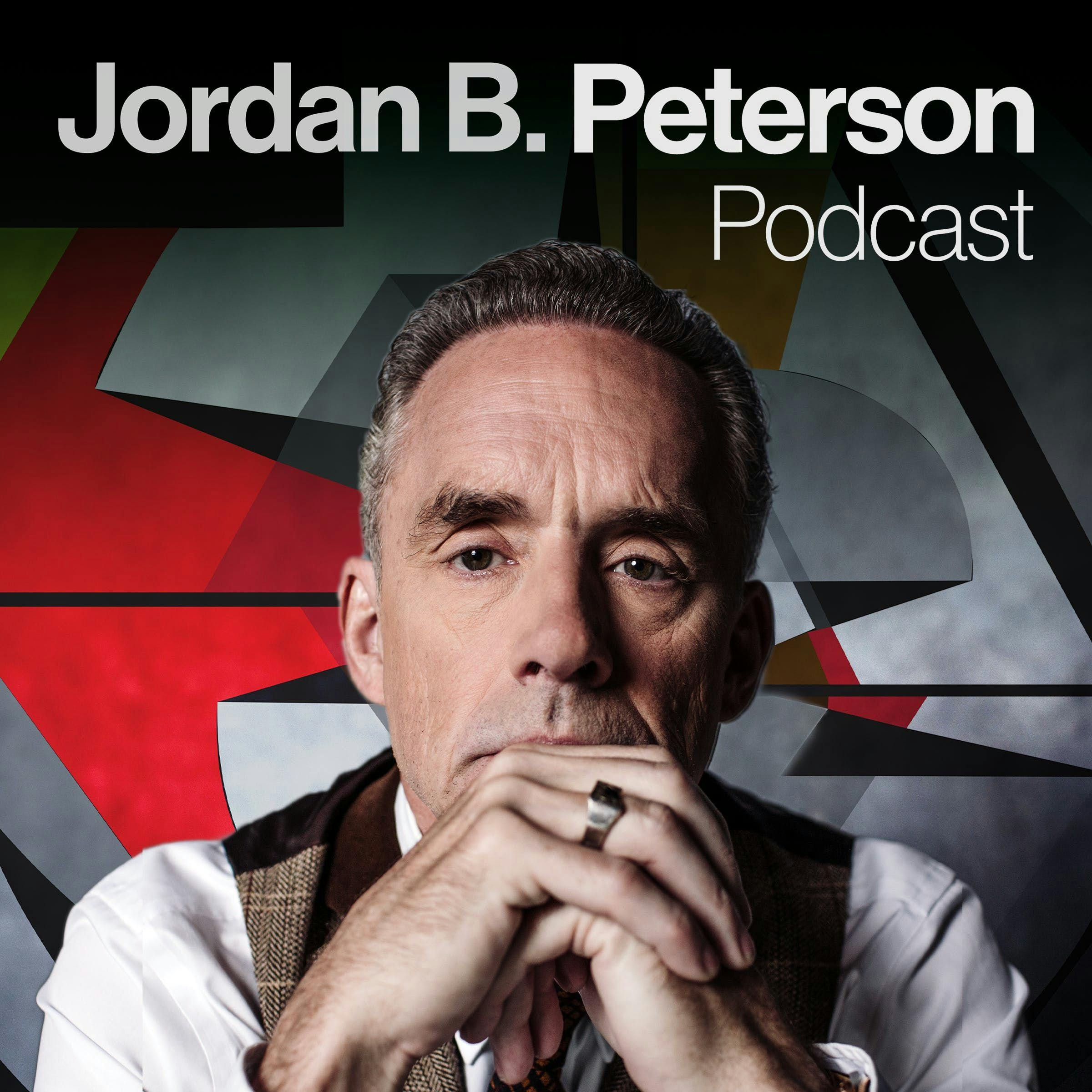
Nuanced.
Where real conversations happen — with host Aaron Pete.
Nuanced.
213: Central Banks vs. Bitcoin: Who Should Control Our Money?
•
Aaron Pete
•
Episode 213
The Bank of Canada once represented stability and trust. Today, inflation, debt, and digital currencies are forcing Canadians to ask—who really controls our money? Aaron Pete breaks down the history of central banking, the fall of the gold standard, the rise of fiat currency, Mark Carney’s role, and whether Bitcoin or gold could restore faith in the system.
Podcasts we love
Check out these other fine podcasts recommended by us, not an algorithm.

Modern Wisdom
Chris Williamson
The MMA Hour with Ariel Helwani
SB Nation
Lex Fridman Podcast
Lex Fridman
PBD Podcast
PBD Podcast
Huberman Lab
Scicomm Media
The Jordan B. Peterson Podcast
Dr. Jordan B. Peterson
.png)